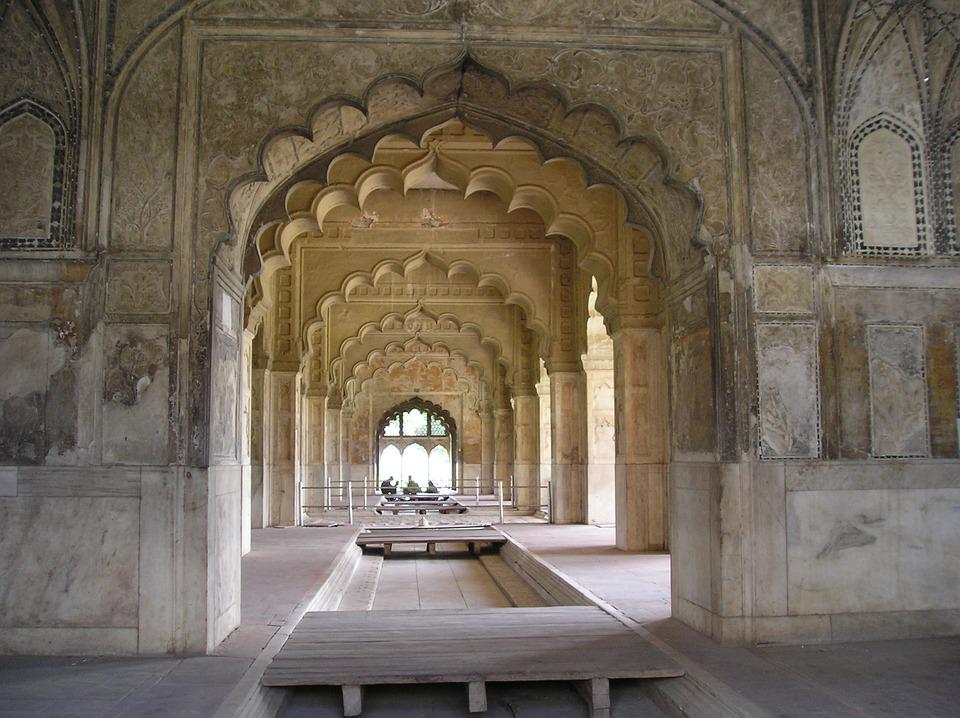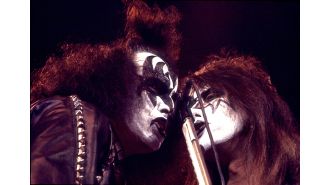Indian History and culture
India is a country that has been shaped by its diverse and multicultural past. The culture of India is a reflection of the diverse ethnicities, religions, languages, and traditions that exist within the country. In this section, we will explore some of the key aspects of Indian culture. This section will explore some key aspects of Indian culture from its diverse and multicultural past to the various religions and languages that exist within India.
India is a country with a diverse culture and history. It has been influenced by many religions and cultures such as Hinduism, Buddhism, Islam, and Christianity. India has seen many empires come and go, such as the Mauryan Empire, the Mughal Empire, and the British Raj.
The Taj Mahal is one of India’s most famous landmarks. It was built by Shah Jahan in memory of his wife Mumtaz Mahal. The Taj Mahal is also known as "the jewel of Muslim art in India" and "one of the universally admired masterpieces of the world's heritage."
India is a land with a rich and diverse history. The country has a long tradition of art, architecture, literature, and music. India has been home to many religions including Hinduism, Buddhism, Jainism, and Sikhism. Indian culture is also diverse in its own way.
The Indian subcontinent is home to many languages that are spoken by the people living in India, Pakistan, and Bangladesh. Hindi-Urdu is the most widely spoken language in India while Bengali is the most widely spoken language in Bangladesh. English is the official language of India while Urdu is the national language of Pakistan.
The culture of India can be traced back to the 4th century BC when it was first established by Aryan tribes who migrated from Central Asia into northern parts of South Asia through Afghanistan.







